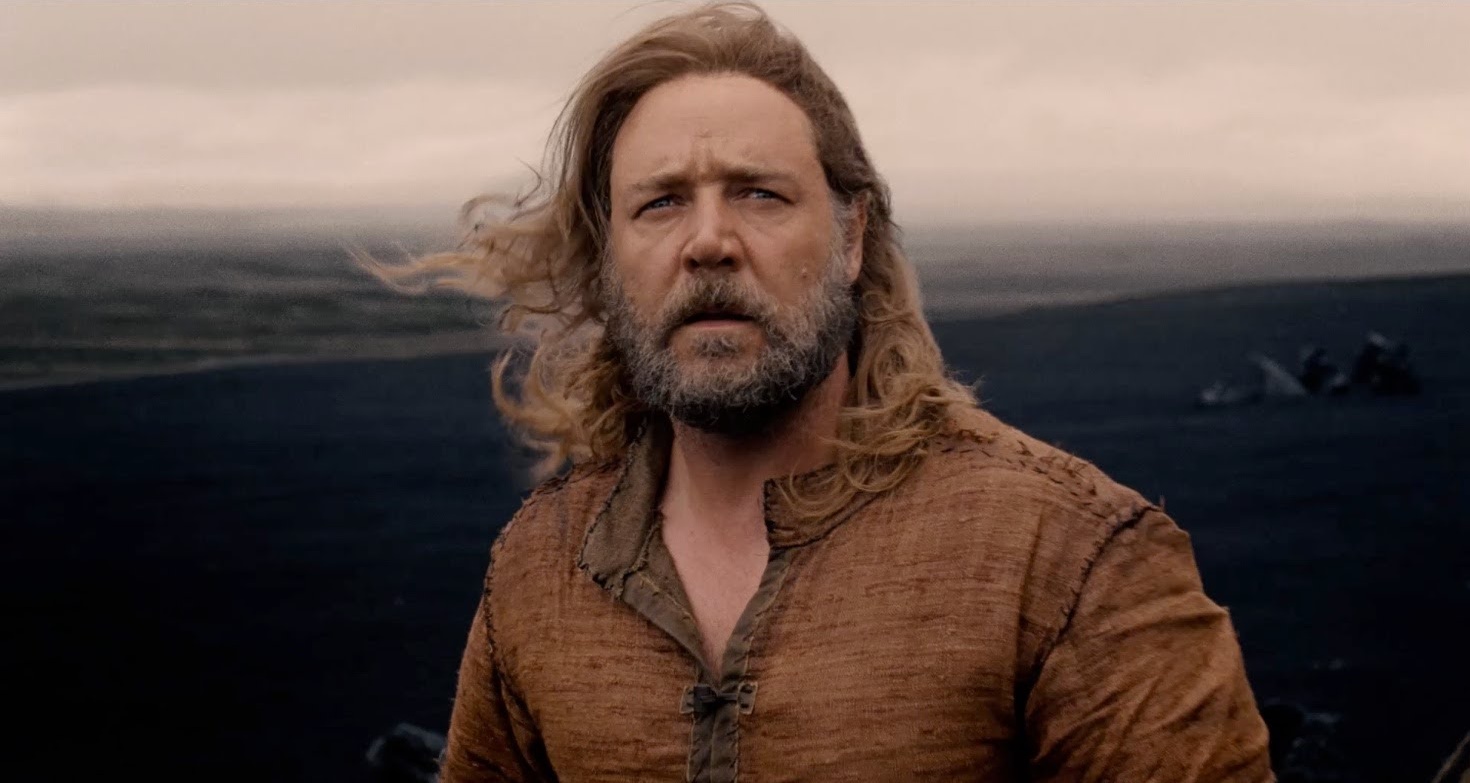
Most movies feature some sort of criticism of human vices, but it takes a special degree of boldness (and bitterness) for a film to attack its own audience. With that in mind, it’s shocking how many popular, mainstream films do just that, even if most of them do that through the dark little back alley known as subtext.
1. The Cabin In The Woods
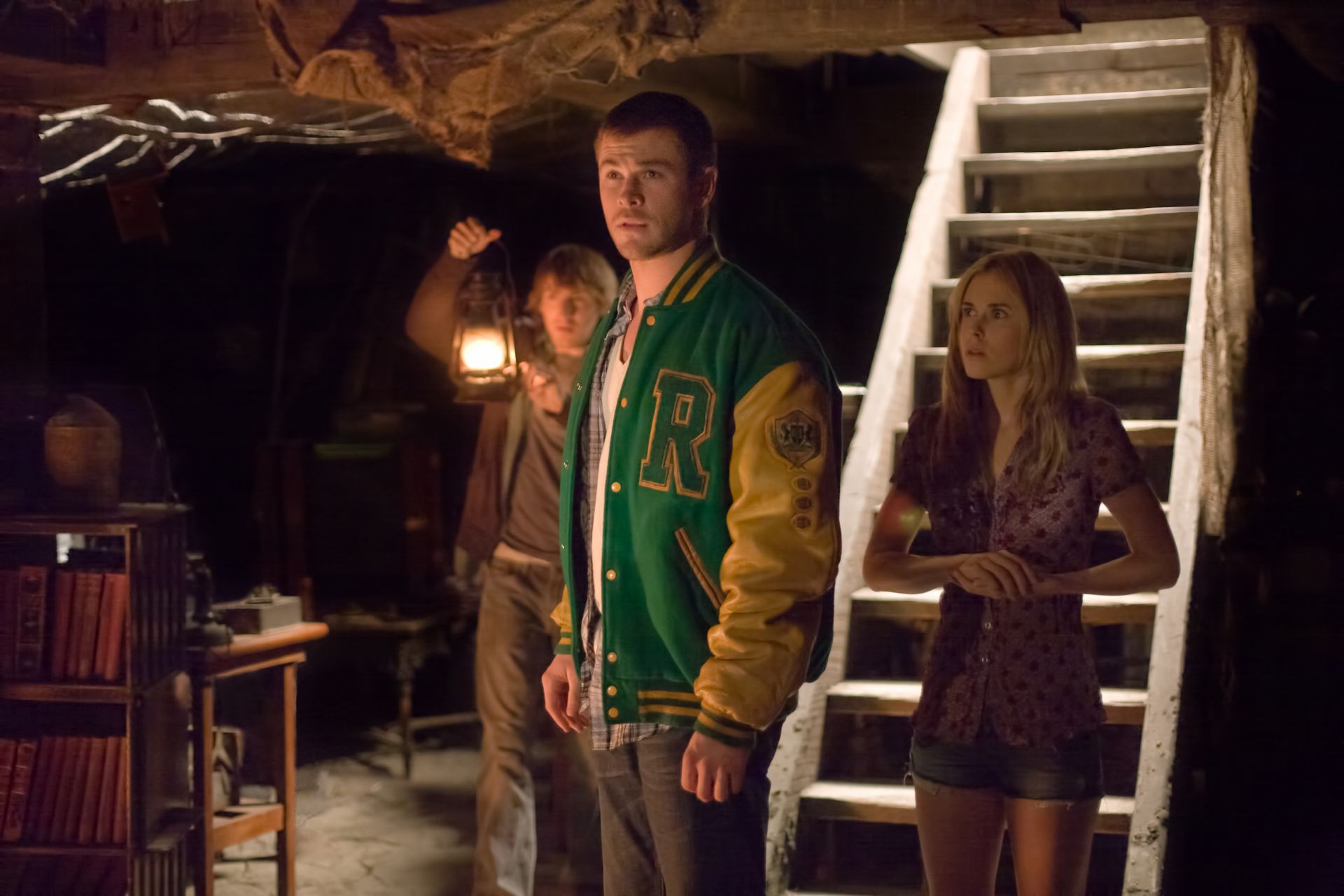
Underlying many of the greatest horror films, from Bride of Frankenstein to Rosemary’s Baby, is a contempt for man’s inhumanity to man. Underlying The Cabin in the Woods is contempt of man’s inhumanity to fictional characters. Pleading for more humane treatment of people who don’t exist is a strange brand of humanitarianism, but Lost writer Drew Goddard frames a lack of concern for our fake brethren as the cardinal sin of the entire horror genre.
The set-up is clever. Five teens, each of whom happens to be a common slasher film archetype (the jock, the good girl, the bad girl, the nerd, and the stoner) head to a cabin in the woods. Unbeknownst to them, their actions are being monitored by government agents working for Elder Gods who demand that the teens die cliché movie horror deaths lest they unleash their divine wrath upon the earth.
According to writer/director Drew Goddard, the Elder Gods symbolize horror movie audiences and their sadistic need to watch people die. The scenarios the teens in Cabin find themselves in are littered with references to popular horror films like The Texas Chain Saw Massacre, The Evil Dead, and Hellraiser so that we know exactly which films Goddard thinks are contributing to this humanitarian crisis.
If you enjoyed any of the films Goddard references, or if you even went to see Cabin, be warned that you are a horrid sadist and need the help of a good psychiatrist, unlike Goddard, who made this violent picture.
2. Halloween (2018)
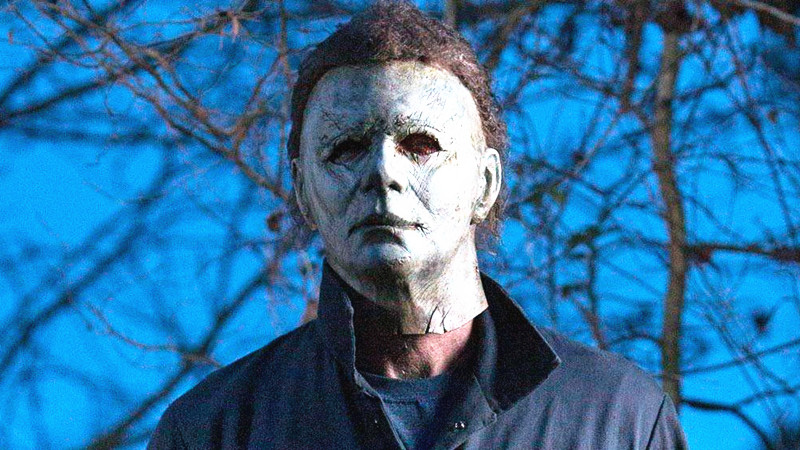
“It was one night forty years ago – get over it!” Karen Strode says to her mother, Laurie, and to the people who stuck with this franchise and the forty years’ worth of schlock sequels that came after it. Obsessing over “that one night forty years ago” – the original Halloween film – has destroyed Laurie’s relations with her daughter and threatens to destroy her relationship with her granddaughter.
It seems that director David Gordon Green might be asking horror fans to stop caring so much about the original film, which is somewhat warranted given that John Carpenter’s Halloween is likely the most imitated and parodied horror film in history. On the other hand, Halloween knock-offs have a pretty good track record (think A Nightmare on Elm Street, Child’s Play, and Scream), so Green’s anger might be misplaced; he should have saved it for a Paranormal Activity sequel.
The other way that Green plays his own audience is by adding a feminist dimension to the franchise. Some feminists decry the original Halloween as misogynist trash designed for men who take pleasure in screen violence against women. Others see it as the beginning of a wave of slasher films which progressively put women at the center of the story.
Green aligns with the former and crafts a Halloween sequel where five men die for every woman, and in a much bloodier fashion than the victims from that night forty years ago. In a cinematic fashion, Green is yelling to the young men in his audience: “Women have been putting up with this for years! Let’s see how you like it!” Green’s subversion of Carpenter’s damsel-in-distress ending is the bloody cherry on top.
3. Enchanted
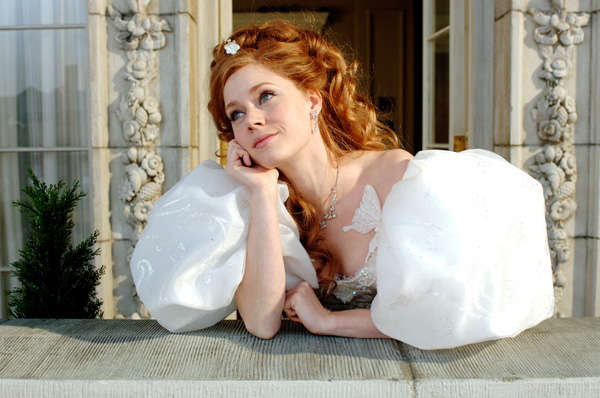
Because it’s one of the most recognized of all film studios and influences the minds of impressionable children the world over, Walt Disney Pictures has received an endless barrage of criticism over the years from every religious, political, and ethical stance imaginable. One common criticism of the Disney Princess movies is that they encourage young women to possible hope that a big strong man will come along and solve all their problems.
Enchanted’s protagonist, the fairy tale princess, Giselle (Amy Adams), is the embodiment of that trope, until she literally and figuratively enters the real world and has to solve her own problems. To make it especially obvious that he’s calling out previous Disney Princess films, director Kevin Lima makes Giselle an amalgamation of the earlier princesses, with Ariel’s red hair, Snow White’s cottage, Cinderella’s fancy footwear, and Belle’s swooping camera ballroom scene.
Giselle even saves her boyfriend’s life at the film’s denouement, to let us know that Prince Charming isn’t real (a profound insight) and we all have to improve our lots in life instead of waiting on someone else. That’s a fine message, but it must be quite the experience for a bright ten-year-old girl to watch Enchanted and realize that it is telling her that all of her favorite Disney films are poisoned apples.
4. The Lego Batman Movie
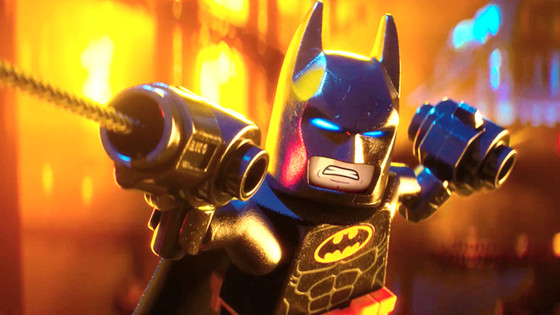
Though he was a member of the Super Friends and has had Robin at his side for the better part of a few decades, Batman is a loner. At least, that’s what Christopher Nolan makes him out to be. Who can blame him? It’s hard to make a character dark and serious if he’s got a teenage sidekick in a red Speedo.
For reasons no one can parse out, The Lego Batman Movie decides that the brooding loner of the previous few Batman films was the epitome of toxic masculinity and decides that he absolutely needs to learn to work as a team.
Leave the guy alone! Between his parent’s death, the Joker, the Scarecrow, Bane and the directorial stylings of Zack Snyder, he’s been through a lot, and needs to heal in his own way. Instead, Lego reframes the most popular and acclaimed iteration of Batman as a man whose modus operandi is completely wrong because he refuses to tell the Joker how much he cares about him (!) and because he is understandably uncomfortable with the prospect of becoming a single parent.
Like a lot of family fare, The Lego Batman Movie has plenty of overt moralizing and wants its audience to know that the hero they’ve been idolizing has it all wrong, and, by extension, they do too.
5. The Last Jedi
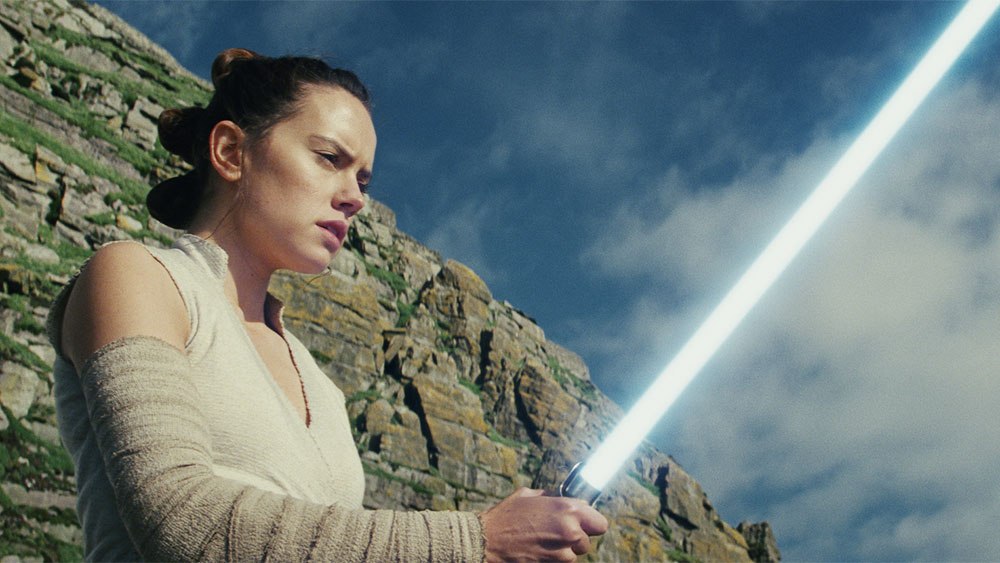
What feels like the most polarizing movie ever turned off many franchise devotees, and that was the point. The most common criticism of The Force Awakens was that it was a pandering re-hash, and The Last Jedi goes overboard in the other direction. When Kylo Ren tells us to “let the past die,” he’s really telling you to stop caring so much about a certain trilogy of forty-year-old sci-fi family films.
Director Rain Johnson proceeds to kill off Luke Skywalker and a Palpatine stand-in (Snoke) after making fools out of them, and has Yoda destroy ancient Jedi texts to really drive the point home. Johnson’s apparent hatred of the love people have for this franchise might carry more weight if he were directing movies that were La Dolce Vita or Citizen Kane tier, but I doubt anyone will study The Brothers Bloom in cinema history classes after we’re all dead.